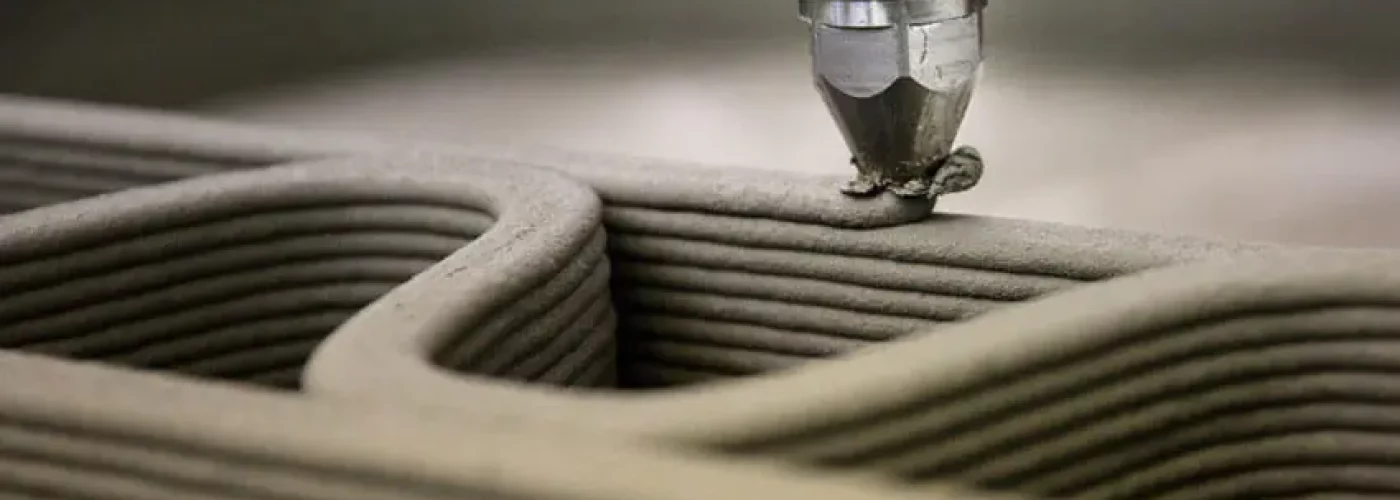Home construction is an industry that has been slow to adopt new technologies. We have seen a shift in recent years, but the entire process of building homes is still a very manual one. That’s why 3D printing is such a promising technology in home construction.
Examples of benefits of using 3D printing for home construction include:
- Less need for manual labor, making the process of building homes more efficient
- Waste reduction by reducing the need for construction materials often discarded after use
- Lower costs for homeowners by reducing overall labor costs, material waste, and other expenses.
However, that’s not all. This article will discuss some key aspects of 3D printing that make it an attractive option for home construction: the freedom to design and construct homes without limitations. This is especially useful when making custom-built homes that fit a specific customer’s needs and preferences. So, let’s read on.
Faster production time
3D printing has become a significant tool in the home construction industry. It’s no secret that 3D printing can help speed up production time, but just how much?
Compared to traditional manufacturing methods, 3D printing can save you hours of work and result in products that are identical in quality.
The process begins with an outline or sketch of the object you wish to create. Your computer then imports this image into a 3D modeling program, where it translates it into digital data sent to a printer that uses plastic filament as its building material.
Using this method allows you to create any imaginable design without worrying about outsourcing your work or waiting for shipments.
Lower cost of materials
3D printing is also more efficient than traditional manufacturing. For example, in the case of a 3D-printed house, you can use waste material like old tires and turn them into bricks that are used to build your house. This will help you save on the cost of making bricks from scratch, which can be very expensive.
Another benefit of 3D printing is its ability to create materials that are lighter than what would be produced from regular machines.
An added benefit of 3D printing is its ability to produce materials that are lighter than what would be produced from regular machines. This means less material will have to be used, saving money and reducing the time it takes to build a home.
Easier planning process
3D printing can help with the planning process. If you’re designing a new home, you can create models that are available for your clients to look at. This will make it easier for them to visualize their project and provide input about what they want in their final product. This also helps ensure less confusion and conflict between what was agreed upon during the design phase and what actually gets delivered.
Besides, 3D printing helps with the design process itself because it allows different ideas to be tested quickly without having to do any physical work or wasting material on failed designs.
Fewer errors from human labor
3D printing is a technology renowned for its high accuracy, which means that it can produce items with fewer errors than human labor. This is especially important for the home construction industry, as many different parts of a house need to be made with precision and care.
For example, the doors for your new home will be measured precisely to fit together correctly (and don’t fall off their hinges). If one of these door measurements happens to be off by just 1/10th of an inch, then every door in your house won’t fit as well as it should.
Environmentally friendly
3D printing is more environmentally friendly than traditional manufacturing and construction processes like CNC machining or milling.
First, 3D printing doesn’t require the same kind of energy and raw materials as traditional manufacturing processes. In fact, it’s not only less resource-intensive but also cleaner. When you use 3D printing technology like that employed in printers from Massivit 3D to make something, you’re not producing hazardous waste or chemical byproducts like when making products on an assembly line at scale.
Additionally, there are fewer steps involved in producing one object using a 3D printer than other methods such as injection molding or casting metal ingots into molds (which requires melting). That means less transportation between different factories or locations worldwide—and fewer emissions from transportation trucks.
Conclusion
We believe 3D printing in home construction will be a valuable asset to the industry. It can save time and money, reduce errors from human labor, improve planning processes, and allow for environmentally friendly construction methods. All this while helping us build better homes for our future generations.





